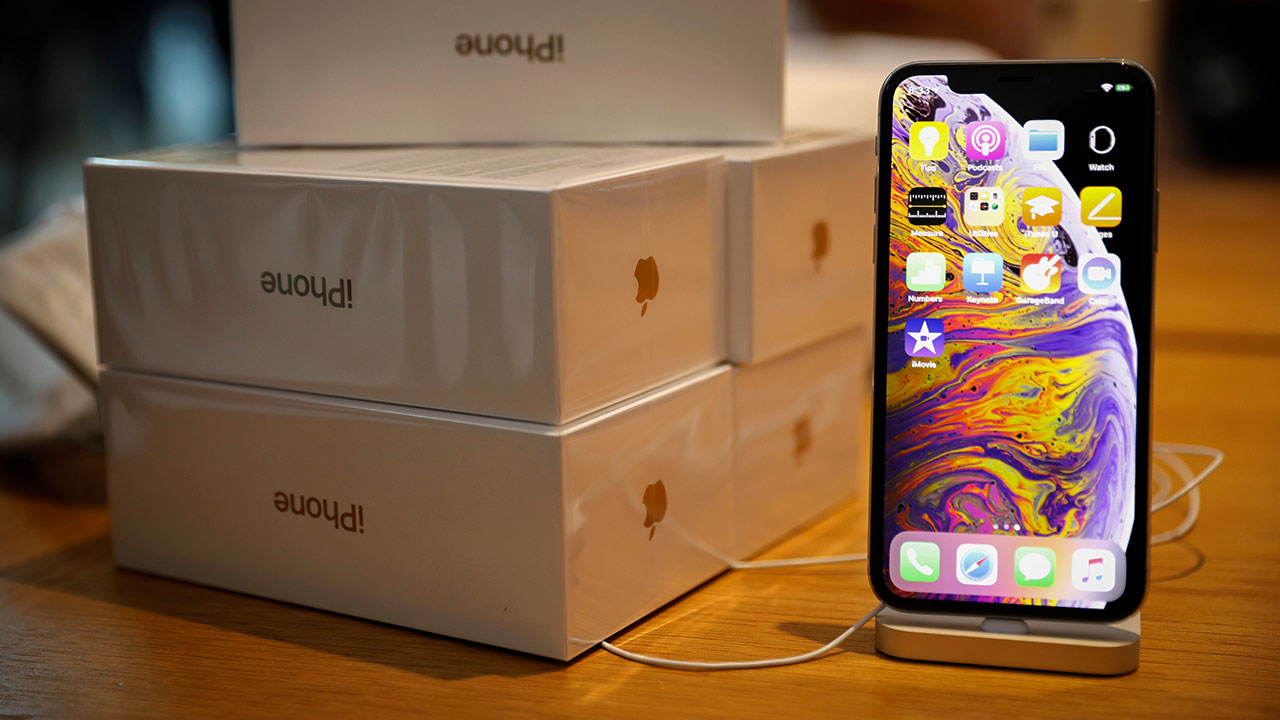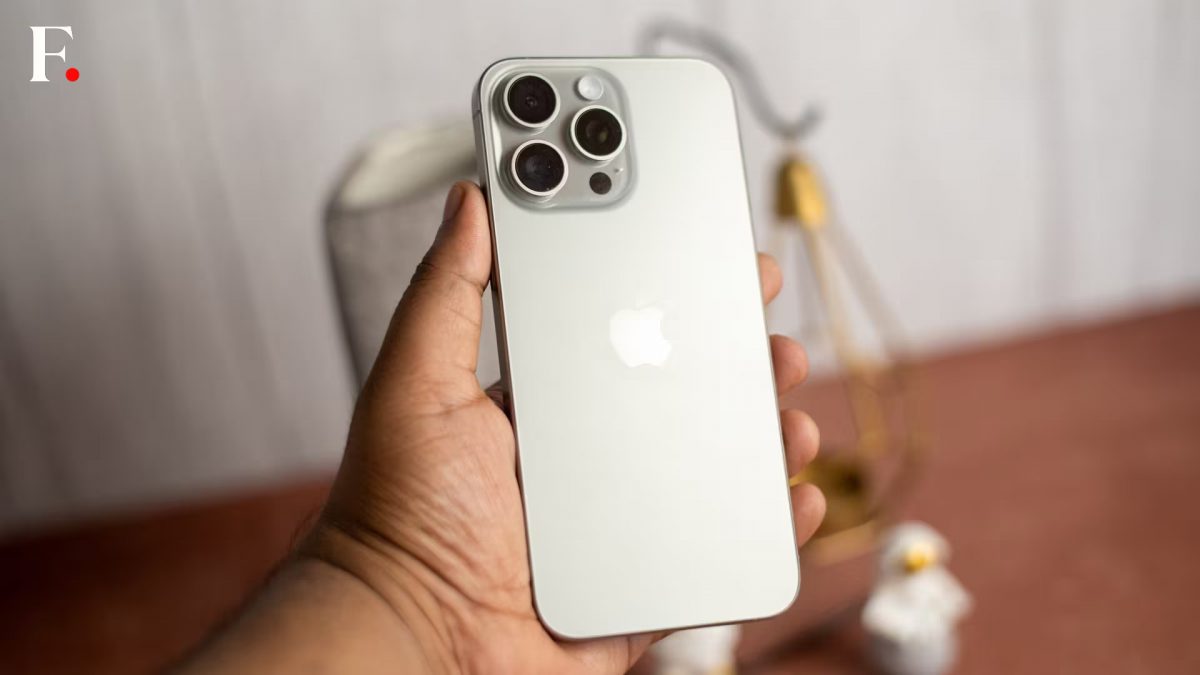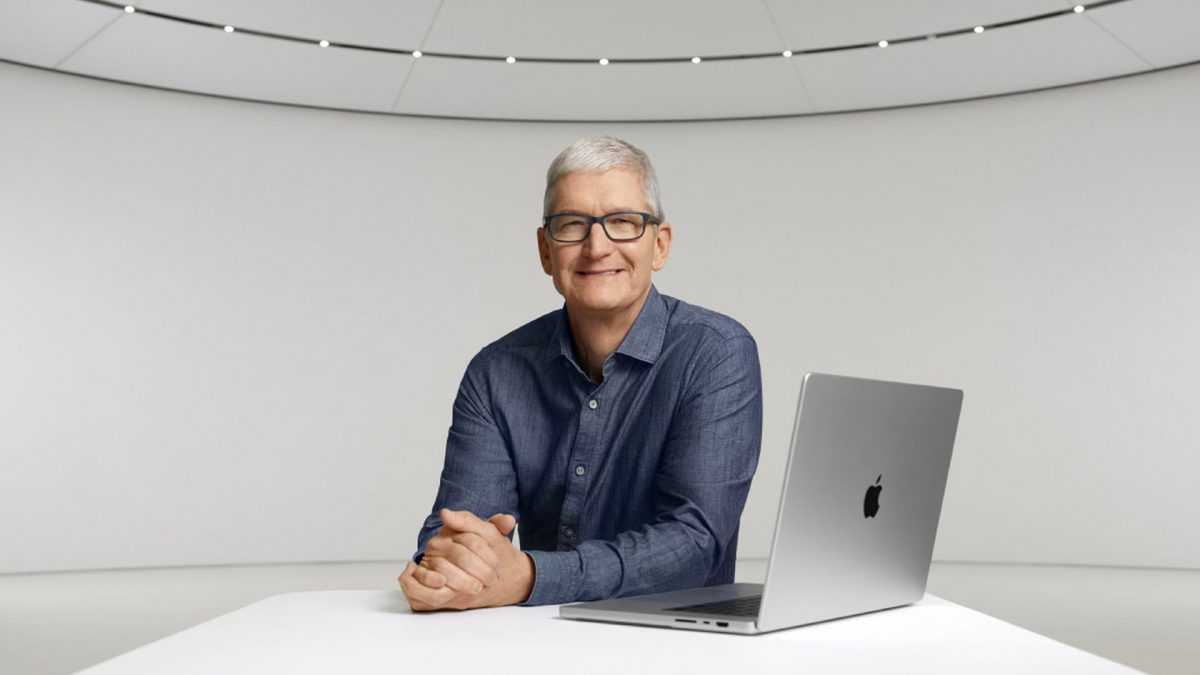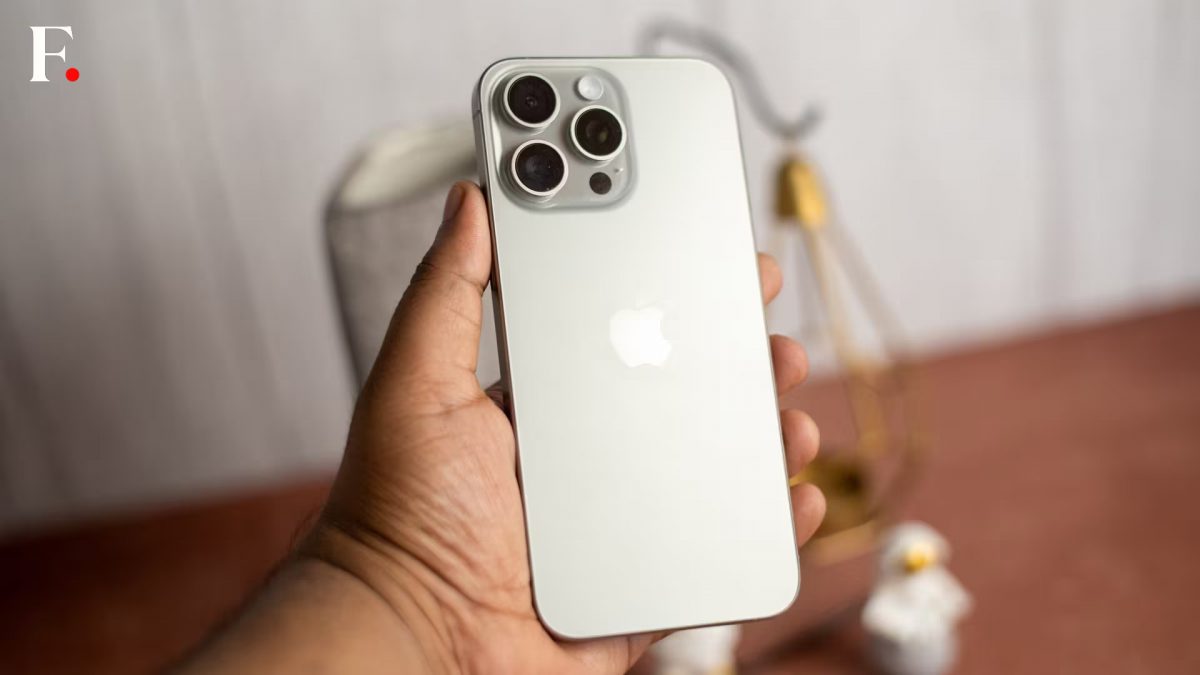Apple has announced the next generation iPhones with the iPhone XR, XS and XS Max. If you thought the iPhone X was expensive, the iPhone XS and XS Max price points will make you reconsider things. The devices, which will be selling in India starting at Rs 99,900 (for the iPhone XS) and Rs 1,09,900 (for the XS Max), have broken all records for consumer-grade smartphone pricing.
As we had observed in an earlier piece, the new iPhones will be chasing value whereas the volumes will be determined by the older generation iPhone models. Considering this is an ‘S’ generation update, we weren’t expecting drastic updates to the iPhone formula. The iPhone XS looks identical to the iPhone X, but of course, the internals received a major upgrade. The iPhone XS Max is basically Apple trying to cash in on the craze for large-display smartphones, which has been made possible due to the edge-to-edge design.
The iPhone X was a cash cow for Apple even though it didn’t sell in massive numbers in India. But according to its quarterly reports, the iPhone X sales were a major component of the over 50 mn iPhones sold in Q1 2018. Globally, Apple still has a 43 percent share when it comes to premium smartphone sales. The iPhone XS and XS Max, are expected to continue the momentum this year. And of course, the high margins on these phones are expected to increase Apple revenue numbers. Apple, by the way, crossed the trillion dollar revenue mark this year, making it not just the first tech company, but the first company across sectors to do so.
Brand Apple
The high price points of the iPhone XS and XS Max has not really come as a surprise to most. Apple is a premium brand and it has never undercut its product prices or tried to go the same way as the many Chinese smartphone makers in India.
“Apple’s pricing is not really surprising. It is important to understand that historically speaking, Apple doesn’t just make products, it redefines categories. We have seen its products such as the iMac, iPod and iPad, Watch redefine their respective categories. Hence the pricing is always at a premium,” says senior journalist Madhavan Narayanan.
Apple is now a trillion dollar company and looking at the way it has priced its new iPhones it is clear that more than selling large volumes, it is the profit per device sale, or average revenue per user, that Apple is focussing on. For all practical purposes, Apple iPhones are luxury devices and not devices that you may just ’need’. That ’need’ for a flagship device is being fulfilled by Android smartphones at a third of the price. An Apple customer who is going for the XR, XS, XS Max is one who is either completely invested in the Apple ecosystem or wants that Apple-branded product in their portfolio of gadgets.
“iPhone buyers value the brand as well as the Apple experience. Some bought the iPhone X at a staggering price, and some of those would likely buy a Mont Blanc pen to keep in their shirt pockets. I believe the value Apple brings — pioneering design, reliability, usability — does command a premium, but increasingly, not this much of a premium,” says technology expert and tech policy professional Prasanto K Roy.
Do specs really matter for an iPhone buyer?
Apple CEO Tim Cook’s justification of the iPhone’s high price point is that it replaces your digital camera, video camera and that iPhone is the “most innovative” product so it costs more. Well, for an iPhone buyer, that justification is not really needed as he or she will buy the iPhone regardless of the price barrier. But that kind of justification for such a price jump sounds a bit tame. Barring the A12 SoC inside, which is already showing promising benchmark numbers (something that the A11 also showcased last year) and the support for ARKit 2.0, everything else seems to be an iterative update. Dual SIM support, camera improvements (which, by the way, still isn’t at the same level as last year’s Pixel 2, according to early reviews), new colour schemes, Liquid Retina display don’t really sound like huge innovations, so to speak. Having the ability to record ECG readings on your wrist using the Apple Watch Series 4 — now that’s innovation.
It’s not that Apple isn’t innovating, it’s just that their specific brand of innovation, as seen on the new iPhones, isn’t going to be readily apparent to the average user.
Spec for spec, you will get similar features (barring that blazing fast A12 SoC, fast and secure FaceID) with Android flagships which sell at half the cost. Logically, there isn’t anything drastic that the Apple specs sheet offers. But an iPhone buyer would still go for an Apple device regardless.
“An Apple buyer is very clear that he or she wants to buy an Apple iPhone and can’t be bothered with anything else. Barring a couple of stand-out features seen only on iPhones, all the other major features on Apple iPhones can be available on Android flagships at half the price. But that is where the imagery of Apple differs,” says brand consultant Harish Bijoor. According to him, every other smartphone is an assembly of a set number of features, whereas Apple goes much beyond just an assembly of parts.
“When you look at it through that lens, there is a certain degree of irrationality, a certain degree of madness that comes into play with the Apple brand. So nobody really looks at features at that kind of price point, as the features are assumed,” says Bijoor.
The Apple ecosystem
As far as India is concerned, which is a 95 percent Android market, Apple is not really selling high volumes. But Apple products do have aspirational value, which makes it pertinent for a lot of consumers to upgrade to the new iPhones. According to Narayanan, India presents Apple with a unique kind of buyer at the lower end of Apple’s segment.
“A significant user base who cannot afford the highest end Apple devices goes for the older iPhones as it gives them bragging rights. The volumes are higher here and Apple can play purely on its brand value without any upgrade in the specs, and people will still buy these iPhones,” says Narayanan.
The other kind of buyer is the one who is looped into the Apple ecosystem — someone using a MacBook for their computing needs, an iPad as a recreational tablet, an Apple TV for entertainment. iCloud as their cloud storage medium, Apple Music as their go-to streaming music service and so on. For such a user, it just makes logical sense to invest in an iPhone. And this ecosystem of software and hardware products is also what has the potential to make a long-term customer out of an iPhone buyer.
But it’s not just about the brand value, Apple is what it is also due to the innovations we have seen not just in iPhones but other parts of its ecosystem as well. Also, Apple’s strong stand on privacy is what makes it attractive to a lot of its customers. In the latest edition of iOS, for instance, you have the ability to turn off tracking by third parties. So yes, Apple is chasing profits, but not at the cost of innovation. Yes, there are areas where competition has gone much ahead of Apple (Siri vs Assistant), but Apple isn’t resting on its laurels either.
“I don’t agree that it’s profitability over innovation for Apple. It’s profitability through innovation. They’ve commanded a 50 percent or more premium and 25-30 percent profit through design, innovation and owning the IP, while the folks who actually make those phones, Foxconn, have been at 3 percent margin. The emerging Chinese brands are at 5-10 percent level of margins for flagships,” says Roy, who had a chance to try out the iPhone XS and XS Max and came away impressed with the user experience. “I would love to be gifted one, but I’m not buying one.”
Apple’s India story: Not that great, but volumes don’t matter
While Apple may be selling in record numbers in the US, aided by the carrier contracts, the story is quite different in India. For starters, Apple’s tiny market share saw a decline in the last financial year. According to analysts I have spoken to, the prices of Apple devices are not going to come down drastically during festival seasons as well, as Apple now has complete control over its channel partners.
“In phones, the premium is still working somewhat in the US and Europe, but Apple is under pressure from flagship Androids. And the premium is not working in India. Apple has 2-3 percent of smartphone share here. It has absolutely no play in the midrange, the sub-30k smartphone segment, because anything it has in that range is two generations old. Smart and capable Chinese brands like One Plus and Xiaomi (e.g. Poco F1 ) are ruling that segment with good design, superior specs, and even matching camera capabilities,” opines Roy.
Bijoor feels that Apple should not be bothering to play the volumes game in the first place.
“If you look at the Indian smartphone market, brands such as Samsung, Oppo, Xiaomi, Vivo are in the top segment, and their rankings keep changing. So there is a lot of brand promiscuity in this space. A Samsung user wouldn’t think twice before switching to an Oppo. But Apple users will rarely, if ever, switch brands that easily. That is the promise that Apple’s brand loyalty offers. So even if Apple is nowhere in the volumes rankings, the user base of Apple phones is very loyal,” says Bijoor.
Roy resonates with these sentiments and feels that Apple doesn’t really care much about the Indian market. “A tiny handful of top-end buyers isn’t going to bring its volumes down the ladder of price points if they don’t have models further down that ladder. And even among corporates, even in high-security environments like financial services where the iPhone was a mandate, they’ve all gone BYOD and allowed Android with secure enterprise layers,” says Roy.
Apple is clearly not a big player in India if one looks at the larger picture, as its user segment, across iPhones, MacBooks and iPads, is a minuscule percentage of the total user base for these products.
And that isn’t really a bad thing per se, feels Bijoor.
“I hope it continues that way and Apple does not bite into the volume game that every other smartphone brand is playing. If Apple is able to maintain the differentiation, then it is here for the long term. Apple is slowly building their capacity in India, which is a great thing,” according to Bijoor.
This definitely does leave the market open for Chinese handset makers who are playing on price points while offering high-end specs. Bijoor believes this is a market segment that Apple should not even bother with.
The iPhone XS and XS Max will start selling in India from 28 September. And despite the price, it wouldn’t be too difficult to see lines outside malls in the cities in India. If the last few years of covering Apple launch days in India has taught me anything, it’s that the Apple brand value pulls in a lot of first-time buyers with disposable income. I’ve seen parents making payments for the newest iPhones as their pre-teen children are taking selfies with the iPhone box.
For me, personally, the Apple Watch Series 4 was the most exciting product that was announced by Apple this year. The iPhone announcements, for some reason, seemed a bit rushed and not as exciting.
Veteran technology journalist and observer Om Malik distilled his thoughts post the Apple hardware announcement in the best way in an interview with Bloomberg. According to him, the ruthless editing and eclectic marketing of products is a thing of the past. “We see a lot of gloss, a lot of sheen, but we don’t see the simplicity of marketing an honest message. I don’t think Steve (Jobs) would have allowed a product like the iPhone XS Max. So now they have to market their products in a way that appeals to everybody. Signs of a trillion dollar company with trillion dollar problems.”


)




)
)
)
)
)
)
)
)